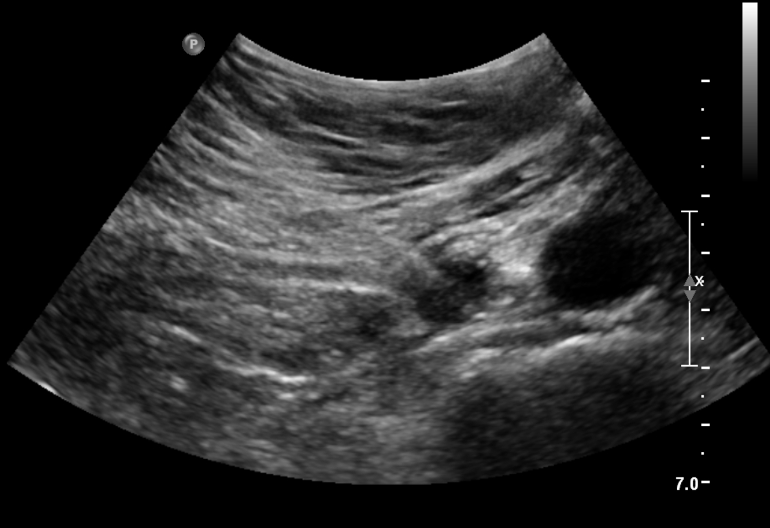Greetings, fellow travelers!
I haven’t seen this term used around the forum but since I have it, and I think (from the treatment protocols I see) that others do too, I thought I’d tell this part of my story as that’s where I am right now. I’m 7.5 years in from G9 T3b PCa with RRP (see my profile)
“Amphicrine” seems to be a stop on the progression from adenocarcinoma to neuroendocrine. Here’s a paper that explains this state:
pubmed.ncbi.nlm.nih.gov/287...
I’ve had a good 16 months of undetectable PSA after five LU-177-I&T treatments in Germany, the last of which showed a collection of paraaortic lymph nodes still drinking the juice despite an undetectable PSA that made us decide to stop. I’m now just over two years from the end of those treatments and starting my next.
The same aortocaval node that was drinking the Lu177 was the first to wake up, so we did what I think was a fairly miraculous biopsy. The pathology revealed that the cells look like adenocarcinoma but they stain for the neuroendocrine markers NKX3.1, synaptophysin, and chromogranin. The pathologist reports that the findings are consistent with metastatic prostatic adenocarcinoma with neuroendocrine differentiation. And my MOs label the state as “amphicrine.”
My MSK IMPACT study of the sample shows that I’ve inherited a PTEN mutation in addition to the TP53 that we already knew about. I also have AR and LZTR1 mutations (and a bunch of copy number alterations I’m not going to list).It seems that there are some promising treatments coming up, including some DLL3-targeted therapies and a BiTE therapy, but these are all for the post-chemo state. So yesterday I started my first treatment with a combination of docetaxel to hit the plain old prostate cells and carboplatin to try to push back on the neuroendocrine component. So far so good.
I included a biopsy photo for fun. The lymph node is tucked right between my aorta and inferior vena cava (IVC), and the doc was able to push down hard enough to move my guts out of the way to get a straight shot in through my chest. The pressure also separated the vessels from the node to make it easier. You can see my aorta to the right, the LN in the middle right, and the IVC is kind of crunched and not highly visible. You can see the trace of the probe and the shock wave from the spring-actuated sampler getting its piece of the lymph node. That's coming in from the left. Everyone was happy that this approach worked!
